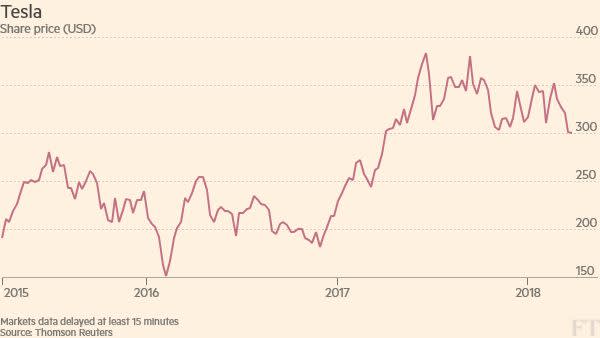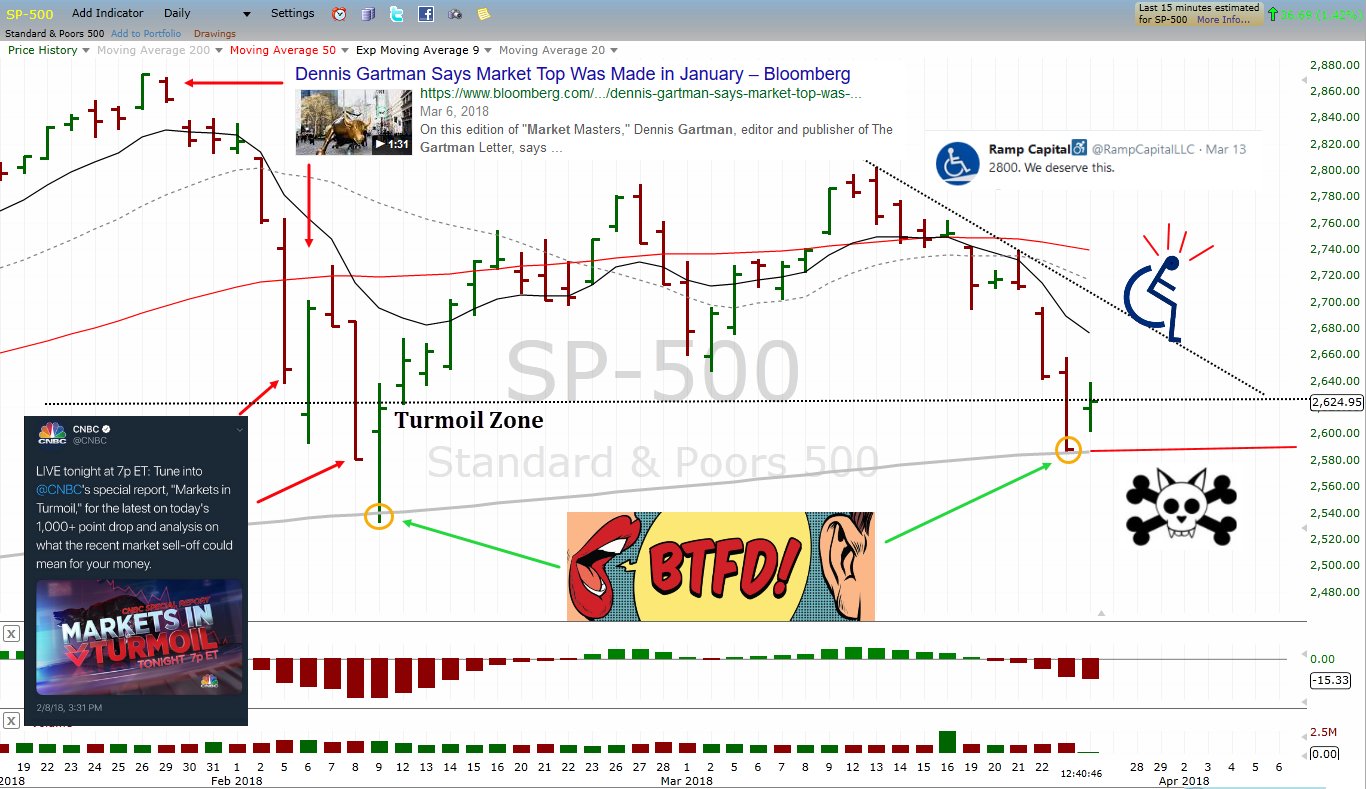I know it's not plural "Pedestrians" yet but apparently there is a real risk there are other potential victims.
A week ago
we took at face value the comment of Tempe AZ police chief Sylvia Moir:
“It’s very clear it would have been difficult to avoid this collision
in any kind of mode (autonomous or human-driven) based on how she came
from the shadows right into the roadway.”
Well, yesterday Ars Technica relayed:
Uber told to stop testing driverless tech in Arizona
The state welcomed self-driving cars with open arms and minimal regulation.
Uber was told on Monday evening to suspend its autonomous car-testing
program in Arizona. The move follows the death of Elaine Herzberg, a
pedestrian who was struck and killed by one of the company's self-driving vehicles on March 18. According to the Associated Press,
Governor Doug Ducey told Uber CEO Dara Khosrowshahi that public safety
should be a top priority, and that "[t]he incident that took place... is
an unquestionable failure to comply with this expectation."
In recent months, Arizona has become a hotbed of autonomous-vehicle testing. In contrast to California,
the state has very little in the way of oversight, and both Waymo and
Uber have been testing extensively, along with other, smaller
self-driving programs. Beyond carrying liability insurance, autonomous
vehicles are free to drive and aren't subject to the crash or
disengagement reports required by Arizona's neighbor to the west....MORE
And today Ars is headlining:
Why it’s time for Uber to get out of the self-driving car business
There is just one problem with that editorial:
April 18, 2017
"Uber isn't sure if it can 'remain a viable business' without building self-driving cars"
If I were a late round Uber investor this would be a bit concerning.
We've posted on Kalanick and his "existential" quote, which is one thing, but this is a statement to a Federal Court....
Re: Kalanick, he has a lot of repulsive qualities but he isn't stupid and he knew full well he was running a "Create-a-corp." fraud on the investors. He had to get to autonomous because the business model does not work if they have to pay drivers (thank you Izabella Kaminska, wherever you are).
On the legal liability issue Bloomberg reported yesterday:
Uber Disabled Volvo SUV's Safety System Before Fatality
Uber Technologies Inc. disabled the standard collision-avoidance technology in the Volvo SUV that struck and killed a woman in Arizona last week, according to the auto-parts maker that supplied the vehicle’s radar and camera.
“We
don’t want people to be confused or think it was a failure of the
technology that we supply for Volvo, because that’s not the case,” Zach
Peterson, a spokesman for Aptiv Plc,
said by phone. The Volvo XC90’s standard advanced driver-assistance
system “has nothing to do” with the Uber test vehicle’s autonomous
driving system, he said.
Aptiv
is speaking up for its technology to avoid being tainted by the
fatality involving Uber, which may have been following standard practice
by disabling other tech as it develops and tests its own autonomous
driving system. Uber’s system failed to slow the
vehicle as 49-year-old victim Elaine Herzberg crossed the street
pushing a bicycle. Police in Tempe, Arizona, and the National
Transportation Safety Board are investigating the incident....MORE
Additionally this all ties into the LIDAR technology Levandowski pilfered from Waymo. After the settlement of Waymo's suit Uber is bending over backward to not infringe on Waymo's patents.
And Uber chose not to use optical systems from MobilEye which Intel paid $15 Billion to acquire.
Seeing the PR opportunity both Waymo and MobilEye had comments:
From Bloomberg via the Los Angeles Times:
And from Intel's newsroom:
Experience Counts, Particularly in Safety-Critical Areas
Now Is the Time for Substantive Conversations about Safety for Autonomous Vehicles
By Prof. Amnon Shashua
Society expects autonomous vehicles to be held to a higher standard
than human drivers. Following the tragic death of Elaine Herzberg after
being hit last week by a self-driving Uber car operating in autonomous
mode in Arizona, it feels like the right moment to make a few
observations around the meaning of safety with respect to sensing and
decision-making.
First, the challenge of interpreting sensor information. The video
released by the police seems to demonstrate that even the most basic
building block of an autonomous vehicle system, the ability to detect
and classify objects, is a challenging task. Yet this capability is at
the core of today’s advanced driver assistance systems (ADAS), which
include features such as automatic emergency braking (AEB) and lane
keeping support. It is the high-accuracy sensing systems inside ADAS
that are saving lives today, proven over billions of miles driven. It is
this same technology that is required, before tackling even tougher
challenges, as a foundational element of fully autonomous vehicles of
the future.
To demonstrate the power and sophistication of today’s ADAS
technology, we ran our software on a video feed coming from a TV monitor
running the police video of the incident. Despite the suboptimal
conditions, where much of the high dynamic range data that would be
present in the actual scene was likely lost, clear detection was
achieved approximately one second before impact. The images below show
three snapshots with bounding box detections on the bicycle and Ms.
Herzberg. The detections come from two separate sources: pattern
recognition, which generates the bounding boxes, and a “free-space”
detection module, which generates the horizontal graph where the red
color section indicates a “road user” is present above the line. A third
module separates objects from the roadway using structure from motion –
in technical terms: “plane + parallax.”
This validates the 3D presence
of the detected object that had a low confidence as depicted by
“fcvValid: Low,” which is displayed in the upper left side of the
screen. This low confidence occurred because of the missing information
normally available in a production vehicle and the low-quality imaging
setup from taking a video of a video from a dash-cam that was subjected
to some unknown downsampling....MORE
Professor Amnon Shashua
is senior vice president at Intel Corporation and the chief executive
officer and chief technology officer of Mobileye, an Intel company.
And regarding the Eyes Wide Open scam the VC's willingly jumped into like crazed racetrack gamblers running to the mutual windows waving cash in both hands, here's the bullet point summary of what transpired:
...Uber bait and switch. Stages of which:
– Uber has a nice business as a status product (Uber Black Car ~ 2010)
–
Uber Black may not be profitable, but Uber will displace taxis and be
hugely profitable because of technology-driven efficiencies (UberX:
2014-2015)
– UberX may not be profitable, but UberPool will lead to new efficiencies in mass transit (2015-2016)
–
UberX may not be profitable, but Uber is a logistics company and will
rewrite the rules of delivery (UberEats, various speculative stories,
2013-2015)
– UberPool may not be profitable, but when Uber displaces car ownership the scale of the market will make it profitable (2016)
– Uber with drivers may not be profitable, but driverless cars will make Uber profitable (2014-)
–
Driverless cars may not be profitable, but Uber is looking into flying
vehicles (2016) The Uber makes losses while maintaining credibility for
bringing “the future” in some form or other.
Sweet.
And just so you know, we were on top of the flying vehicles:
That's from a commenter called Slee at Brad DeLon's Grasping Reality recounted in 2017's:


